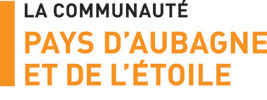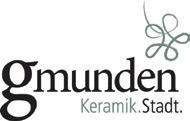Ceramic Art in Faenza
From a famous history to a vivid creative environment
The history of ceramics in Faenza dates back to the Middle Age. In particular, the production known as "Whites of Faenza", developed in the 16th Century, obtained a great international market success: during this period, the term faïence started to be used to indicate majolica in general, exemplified by the ceramic production of Faenza (faïence is the French translation of Faenza).
Talking about more recent times, the 20th Century saw the creation of the International Museum of Ceramics in Faenza (MIC) in 1908. After more than a century, the collections comprise today Italian and European works from Medieval Ages to the 19th Century plus important sections dedicated to pre-Colombian America, ancient Greece, the Roman period, the East, Islamic ceramics and to the most important 20th Century and contemporary artists. The museum has also been recognized by UNESCO a "Monument Witness of Peace" as "Expression of Ceramic Art in the World".
From the 1950s onwards, Faenza has been able to create a particular connection between contemporary art and the ceramic world, becoming an attractive venue for discussion between international artists, ceramists and students. Since 2002, this "connection role" has been inherited by Museo Zauli, an important cultural centre and venue for exchange between masters and young ceramists: besides promoting the work of Carlo Zauli (1926-2002) – a unique artist, who produced monumental ceramic works, receiving important commissions in Italy and abroad – the museum has been organising the "Artist Residences", which have brought to Faenza excellent young Italian and European artists to produce a series of artworks in ceramics, collaborating with the students of the territory.
The production of ceramic art in Faenza is currently a phenomenon composed by nearly one hundred artists and artisans, both working on the ceramic tradition and developing contemporary aesthetic researches and technical experimentations.
Many ceramists have chosen Faenza as the place-to-be to live and produce ceramics. This is a phenomenon which involves young Italian and foreign artists, many of whom coming from distant countries, such as South America, Japan and Korea: the climate of lively cultural ferment is alimented today by diverse personalities not only as it regards styles and languages, but also the different cultural identities, that together contribute to enrich and transform ceramic art in Faenza.



